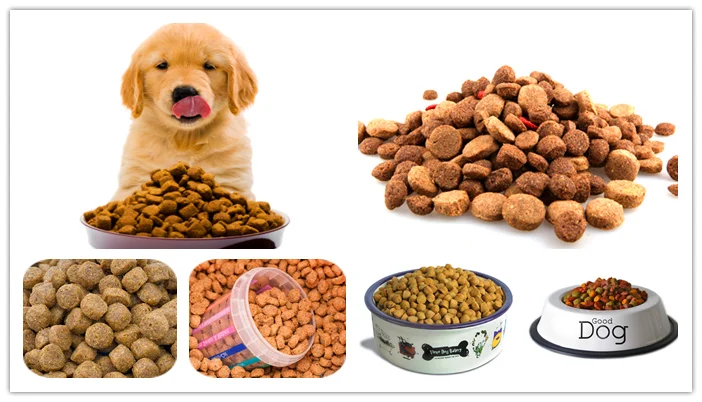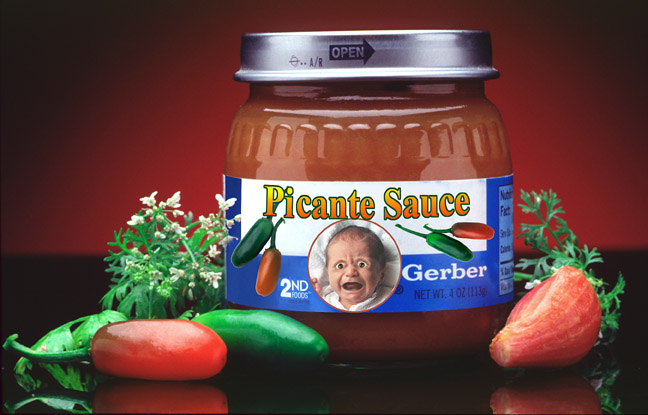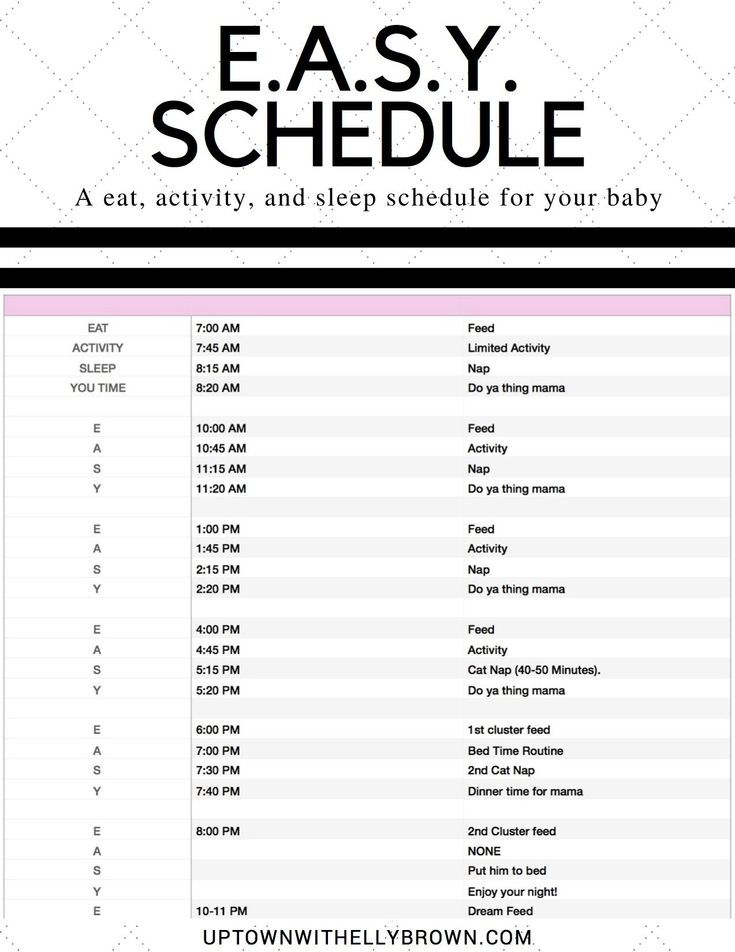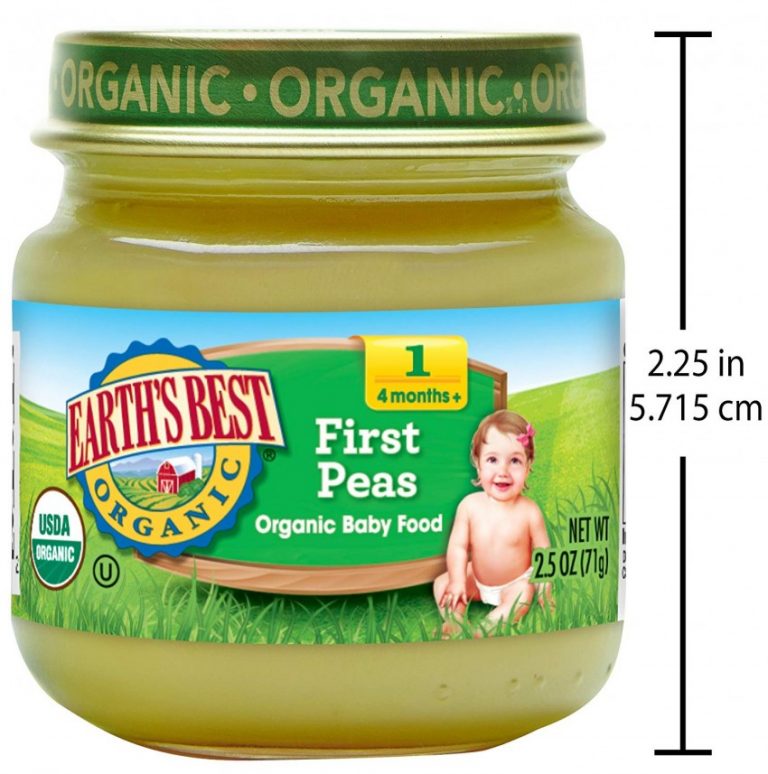Homemade food for baby chickens
Newly Hatched Baby Chicken Food
When the baby chick just hatched, they need special attention and care to keep themselves steady and healthy for rapid transformation. Give the birds enough nutrition to start their life and good health to become fully feathered chickens. It is important to feed a newborn chicken properly. Their diet is versatile so feeding them is not a difficult task.
You can feed them commercial food or homemade food, which you will find in your kitchen, so know which food is best for them.
Baby chicks need essential nutrients like 18% to 20% protein, vitamins, minerals, grains, probiotic fats, etc., for immune health. It introduces them to fresh water and teaches them how to eat. The food quality and quantity change every week. Allow them time to adjust to their bedding. Place a heat lamp at 95 degrees Fahrenheit and maintain enough heat source.
Starter Food
Keep the babies in the incubator for the whole day, then move them to the brooder. They absorb sustaining yolks into their bodies before coming out from the shell. You do not need to feed them or drink anything the next 48 hours after hatching. Give the babies starter food in the brooder, and the food must meet the nutrient. You can make the starter food or buy it from any retail store.
Chicks grow quickly in the first few weeks, and they cannot eat adult chickens’ food. High nutrients foods can damage their kidneys. Change the four in 3-4 weeks of age.
Commercial Food
Buy a good branded food as it is blended perfectly with all the important nutrients for chicks growth. Commercially made foods have balanced carbs, fats, and minerals. Buy them unprocessed whole grain, chick starter mix which is soy and corn free. Feed them until they are 8 years old.
Water
Baby chicks need fresh and clean water for their well-being. Water supports all the essential body functions in the early stage of development, so a lack of water affects the chick’s health and metabolism. Put a small water pot or chick feeder near them to see what they are doing. If the chicks are not drinking water, dip their beaks into the water to drink water and familiarize themselves with it. Healthy chicks teach others how to drink, so you do not have to introduce all of them to drink. Just monitor them closely for a few hours and make good access.
Put a small water pot or chick feeder near them to see what they are doing. If the chicks are not drinking water, dip their beaks into the water to drink water and familiarize themselves with it. Healthy chicks teach others how to drink, so you do not have to introduce all of them to drink. Just monitor them closely for a few hours and make good access.
Add some electrolyte powder to the water sometimes.
Homemade Baby Chicks Food
Homemade food is a fantastic alternative to commercial food. It is easy to prepare, and chicks will love to eat. Mix whole grain bread and boiled eggs, soak it in milk. Put the mix on paper and position it around the feeders. Mashed eggs and oats are also a great food for chicks. They have a natural tendency to eat, so check the next day. Once they are familiar with the food, use feeders to feed them.
After 1 week, they will eat spinach, lettuce, meat scraps, cabbage, and other leafy greens but do not give too much. Slowly add barley, whole wheat, sunflower seeds, dairy products, etc. , which are rich in proteins and other nutrients that increase bodily function. A good chick food list are,
, which are rich in proteins and other nutrients that increase bodily function. A good chick food list are,
- Grass
- Watermelons
- Bananas
- Apple
- Berries
- Tomatoes
- Worms
- Crickets
Three-week-old chicks can eat healthy food slowly, giving them adult food in limited quantities. They can eat forage so observe them for a few days. Baby chicks eat green vegetables and small worms in the wild. Sometimes they like to eat oilseed, canola seed, etc. They start to seek other delicious food outside, like frogs, bugs, or small mice.
What Can You Feed Baby Chicks If There is No Food?
If you do not have the starter food or forget to buy some from the local chicken feed store, quickly blend some scratch grain and uncooked oatmeal, and mix these two ingredients 50/50. Do not feed the chicks for long; it is only an emergency food option. Keep enough food for them in both summer and colder months.
What is the Best Chick Food?
The best food for chicks is organic chicken starter feed.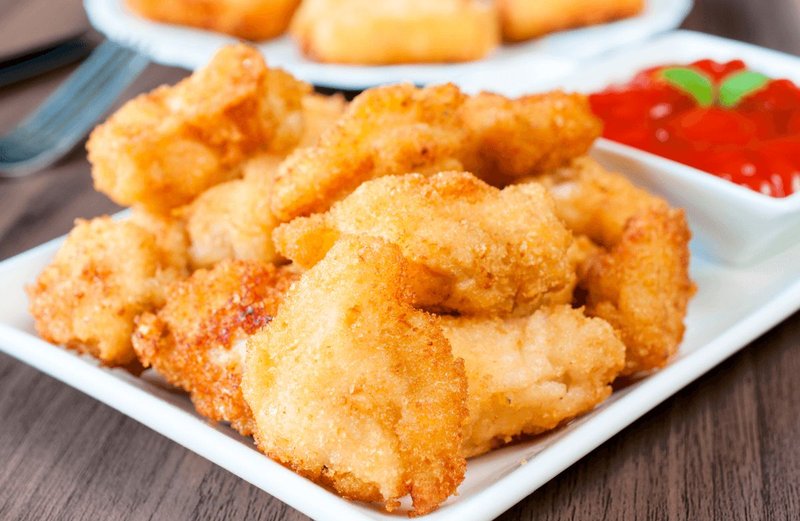 It is packed with a balanced amount of organic carbs, calcium, zinc sulfate, vitamin D3, E, A, B12, folic acid, etc. The food must be served at room temperature.
It is packed with a balanced amount of organic carbs, calcium, zinc sulfate, vitamin D3, E, A, B12, folic acid, etc. The food must be served at room temperature.
Medicated or Non-Medicated Food
Medicated food is necessary when they are weak and rising in poor condition. The baby chicks do not need medicated food if you regularly clean the brooder and care for them. Commercial poultry farms need medicated foods for the chicks, but backyard flocks are healthier.
What Food You Should Not Give Baby Chickens
Some food contains toxins that you should not give to baby chicks. They will feel sick, and you have to treat them immediately. Some toxic foods are onions, avocado, eggplants, pickles, peanuts, etc.
Is It Okay to Feed the Baby Chicks Grit
The answer depends on what they are eating. You do not need to give chick grit when eating starter food. When they start eating supplemental food, it slowly adds grit to their food and helps their digestive system.
You do not need to give chick grit when eating starter food. When they start eating supplemental food, it slowly adds grit to their food and helps their digestive system.
Simple and basic recipe for homemade baby chick mash
Sending you the best eggs for friendly and healthy chicks !
Août282017
- Tweet
Today I would like to give you my basic recipe for homemade baby chick feed, you can always add other ingredients but these are the key elements.
This is the one I use for new borns (3-4 days old) but also for the ones recovering from something or as comfort food for youngsters having trouble pecking.
Basic ingredients : hard-boiled egg, dry breadcrumbs, salad.
This recipe is a must-have, they all love it !
Very easy to prepare, it’s a very good way to please them !
Here’s what you need :
- – dry breadcrumbs
- – salad, nettle, spinach, any edible green leaf…
- – 1 egg
Directions :
1- Cook the egg for 10 minutes in boiling water until it’s hard-boiled
2- While the egg is cooking, crush the breadcrumbs, I use a pestle and mortar. Continue crushing until you have the right sized crumbs depending on the age and size of the baby chicks.
3- Cut the green leaves you have chosen into tiny pieces, scissors work best.
Looks so good I could eat some myself !
4- Once the egg is hard-boiled, rinse it under cold water to cool it down, peel off the shell (you can crush it to feed the older chickens) and crush them whole with a fork into very small bits.
5- Mix the breadcrumbs with the eggs, if the mash is too soggy, you can always add some more bread. It’s more difficult the other way around ! Then, add the greens.
It’s more difficult the other way around ! Then, add the greens.
6- Mix well until you have something not too dry or too soggy, baby chicks will show you how they like it best !
Dinner is served !!
I usually feed the mash to them in two or three times throughout the day, it avoids wasting some of our special feed. You can store it in the fridge for a day or two.
As usual, our professional homemade mash tasters absolutely love it !
I found this recipe in a famous french book on poultry-yard.
Hope your little ones will like it 🙂
6 days old golden ardennais and blue brahma chicks just can’t stop !
Hazza, young recovering brahma enjoying his mash
WordPress:
J'aime chargement…
- Tweet
Tagged with: baby chick mash, basic mash recipe, homemade baby chick feed, ingredients for mash
Posted in: Non classé
Sending you the best eggs for friendly and healthy chicks !
Archives Sélectionner un mois décembre 2017 (2) octobre 2017 (5) septembre 2017 (17) août 2017 (10)
diet in the first days of life, chicken feed norms
The diet of chickens, especially small ones, is different from the diet of adult chickens. Many breeders who raise chickens in the household are interested in how and what to feed the chicks so that they develop properly. For healthy growth, chickens require a balanced diet in sufficient quantities. The composition of the products depends on the direction and age of the chicks. Many breeders who raise chickens in the household are interested in how and what to feed the chicks so that they develop properly. For healthy growth, chickens require a balanced diet in sufficient quantities. The composition of the products depends on the direction and age of the chicks. | nine0009 |
Content:
- What does healthy chicks eat?
- General rules for formulating rations
- What to feed chickens?
- General rules for feeding
- Feed for chickens of various ages
- Feeding frequency
- Feeding Features
- Farmer's Councils
What does a healthy chicken diet consist of?
Sources of proteins, vitamins, micro and macro elements are products of plant and animal origin, as well as substances synthesized in the laboratory. For the production of finished formulations in the factory, only high-quality proven raw materials are used. In feed for laying hens and broilers are introduced:
|
It is quite difficult to independently calculate the proportions and mix the components thoroughly without the appropriate equipment.
General dietary guidelines
The terms of growing meat breeds are 1.5-2 months, laying hens - up to six months. During this time, the bird should gain weight of 2.5-3 kg. To accelerate the growth of muscle mass in broilers, it is recommended to use specialized feed. It fully meets the needs of the bird in proteins, fats, carbohydrates, vitamins and minerals. The composition and consumption of feed should be appropriate for the age of the chicks. nine0013
At 1-2 weeks of life, the foundation of the skeleton is laid in chickens, muscle mass increases at an average pace. At this time, it is necessary to introduce a sufficient amount of proteins, fiber, and mineral components into their diet.
In the growth phase, chickens are gaining weight intensively. They need as many amino acids and proteins as possible, which act as a building material for cells, as well as complex carbohydrates. The dose of vitamins and minerals received with food is increased. nine0013
The dose of vitamins and minerals received with food is increased. nine0013
At the finishing stage, the amount of carbohydrates is reduced so that the broilers gain more muscle mass, and not fat. At this stage, it is important to prevent weight loss. For these purposes, finishing compound feed is introduced into the diet.
What to feed chickens?
Cereals form the basis of the diet.
| Corn | One of the most useful and nutritious ingredients. Corn is the leader among grains in terms of protein content, while it contains less fiber than other cereals. The product is easily digested and well absorbed. nine0006 |
|---|---|
| oats | Source of many amino acids. It is considered a dietary product, but contains a lot of fiber. In large quantities, it causes blockage of the intestines, so its share in the composition of the feed does not exceed 20%. Oats are given in a purified form, completely removing the film from the grains.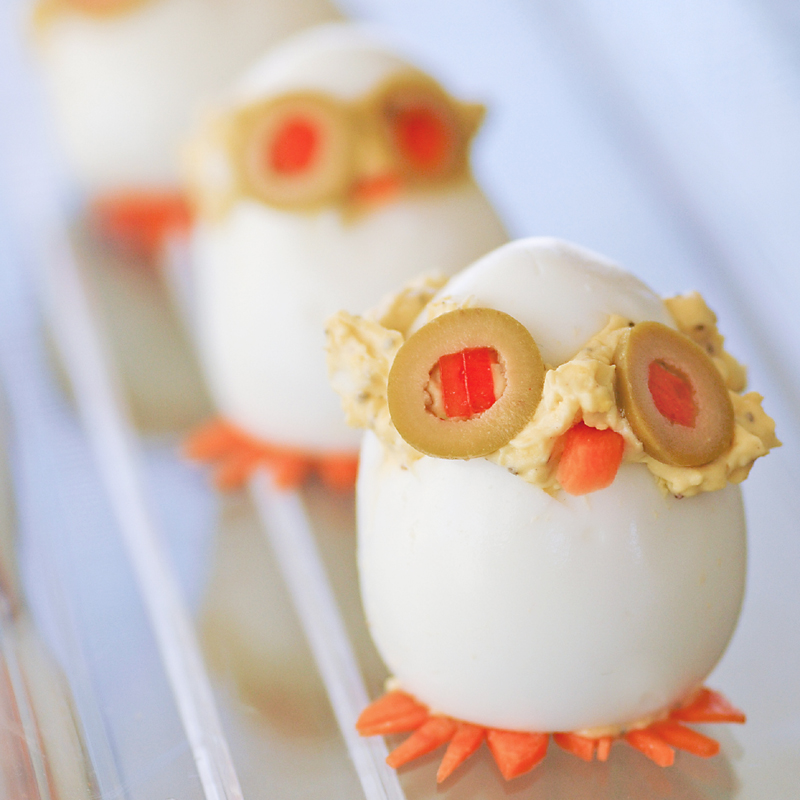 The size of the fraction depends on the age of the bird. Sifted oatmeal is usually added to prestarter formulations. The size of the fraction depends on the age of the bird. Sifted oatmeal is usually added to prestarter formulations. |
| Wheat nine0087 | Contains a large amount of vitamin E, B. Feed wheat is usually used in bird feed. The percentage can be up to 30%. |
| Rye | It is a source of a number of useful proteins, but contains too much mucus, which negatively affects the digestive system of chickens. It is added to some feeds in small quantities. |
| Barley nine0087 | Practically not inferior to oats in useful properties, but also contains a lot of fiber. It is introduced into the composition only in a purified and sifted form. |
| Buckwheat | Despite the fact that the product contains components useful for poultry, it is rarely used. Basically, it is added to granulated feed, because. in loose form, chickens do not peck it. |
| Bran nine0087 | Products of processing grain crops are introduced to increase the caloric content of the diet. By themselves, they have no nutritional value, so they are rarely used. By themselves, they have no nutritional value, so they are rarely used. |
Peeled vegetables are used as succulent feed.
| Potato | Improves poultry digestion, promotes the absorption of nutrients. It is introduced in boiled dehydrated form. In the process of preparing food, it is unacceptable to use green potatoes, since poisonous solanine has formed in them. nine0006 |
|---|---|
| Beet | It normalizes the work of the intestines, prevents its blockage, provides the needs of chickens for vitamin B2, carotene, sugar. It can be given both fresh and boiled. The content of beets in the diet is about 15%. |
| Pumpkin | It contains a lot of vitamins and microelements. The product is added in an amount not exceeding 15% of the total volume. nine0006 |
Protein components provide the daily requirement for amino acids. Protein sources are also rich in vitamins and minerals.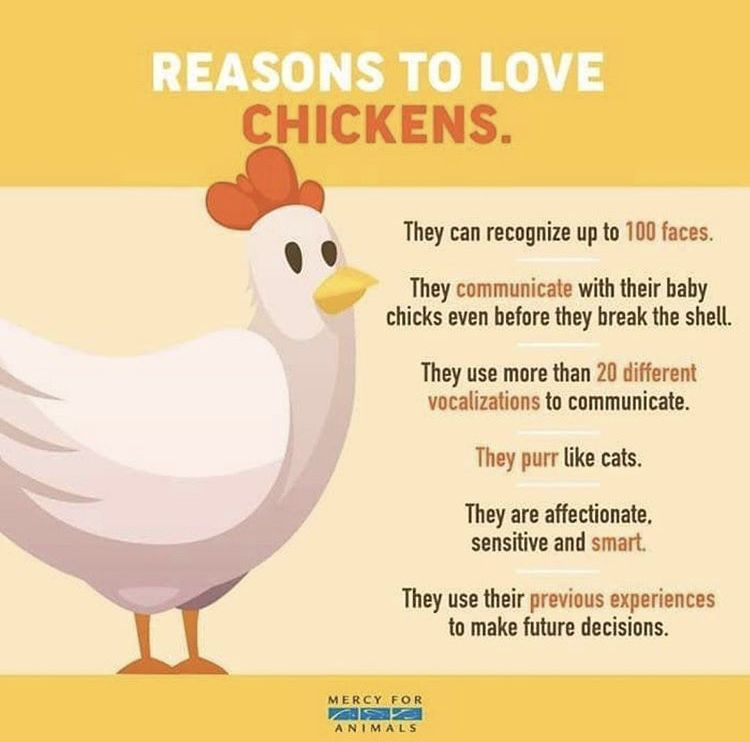 They can be of plant and animal origin. Amino acids are well absorbed by the body. Animal proteins are obtained from various types of flour:
They can be of plant and animal origin. Amino acids are well absorbed by the body. Animal proteins are obtained from various types of flour:
- fish. This product makes up to 8% of the diet, but is not used in broiler feed so that the meat does not have a specific smell; nine0016
- bone. In terms of the amount of proteins, it is not inferior to cereals, and at the same time it is rich in fats (11%) and vitamins A and E. It is given to chickens from a month old;
- blood. The product is rich in essential amino acids, but in high concentrations it provokes indigestion. Its share in the diet should not exceed 4%;
- pen. This component is used as an available source of protein to balance the feed composition. It is added in small amounts (up to 2%). nine0016
Dairy products are also a source of well-digestible animal protein: cottage cheese or whey. Their inclusion in feed mixtures for laying hens increases the egg production and fertility of chickens.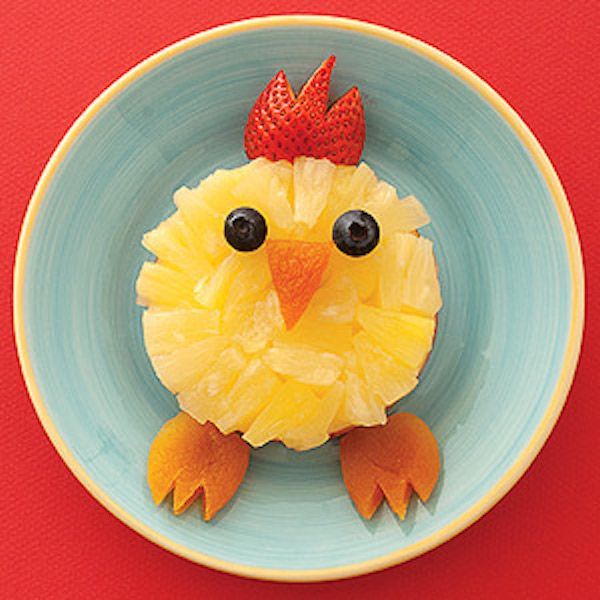
Legumes are richest in vegetable proteins:
- soy in terms of percentage and qualitative composition of proteins and amino acids is practically not inferior to products of animal origin, it also contains vitamins and minerals; nine0016
- peas also provide protein requirements for poultry, although to a lesser extent; chickens do not eat it well because of the specific smell and taste, therefore, no more than 10% is introduced into the feed;
- soybean and sunflower meal and cake are an inexpensive, highly digestible source of amino acids. In compositions for adult chickens, their share is 15-17%, for chickens and young animals - 10%.
General feeding rules
| nine0005 Each individual should consume approximately 15-30 g of food per day: how much depends on the breed, weight of the chicks, and the intensity of their development. In general, the amount of feed each time should be such that the young hens will eat it in 30 or 40 minutes. |
If the chicks do not eat the feed given to them often, then its rate should be reduced. If, on the contrary, the food is eaten quickly, then it is desirable to increase its volume. nine0013
Feed for chickens of various ages
| PC-2 | Designed for chicks under 7 weeks old. It is produced in the form of finely ground grains, designed for an insufficiently unformed digestive system, easily digestible, contains all the useful trace elements. |
|---|---|
| PC-3 | Balanced mix for young animals 8-20 weeks old. Promotes rapid growth and proper formation of the reproductive system. It is produced in the form of grains with medium-sized fractions. nine0006 |
| PC-5 | Designed for broiler chickens from 2 weeks to 1 month of age. It consists of a complex of easily digestible components that stimulate a set of muscle mass. |
| PC-6 | It has similar characteristics, but is designed for broilers older than a month. |
All types of feed can be divided into three groups: nine0013
| carbohydrate | Protein | Vitamin |
|---|---|---|
| Promote accelerated growth and muscle mass gain. Their composition is dominated by cereals and vegetables. Chickens digest foods high in carbohydrates well, which cause a slowdown in metabolism and rapid weight gain. Such feeds are designed for broilers and increase the average carcass weight. | nine0005 Such compound feeds are developed mainly for laying hens. A large amount of protein increases the productivity of the bird, improves the palatability of the eggs, and makes the shell stronger.Strengthen the immune system, help to survive the winter period. Usually produced in the form of concentrates, which enrich the main diet. |
According to the form of release, the compositions are of 2 types.
| nine0012 Loose ones consist of fine-grained components. The disadvantage of such compositions is that they are worse absorbed. The chicken chooses tasty crumbs from the feed, and the less appetizing ingredients are thrown away. As a result, the bird receives less nutrients. In addition, a lot of dust remains in the feeder. However, it is impossible to completely abandon loose compositions. Chickens in the first weeks of life are not able to swallow and digest large granules, therefore they can peck only small grains. For broilers, loose compound feed can be introduced into the diet from the first days of life, and for laying hens - from the second week. When using dry mixes, it is important to provide the hens with sufficient drinking water. nine0013 |
Expanded feed is produced by short-term heat treatment under high pressure. Nutrient mixtures are in the form of granules and contain liquid components in their composition.
However, when heated, some of the vitamins are destroyed. |
Feeding frequency
The first time chickens are fed on the same day they are born. Then, until the age of 7 days, the chicks of meat breeds are fed 6-8 times a day, from the 2nd week of life - 6 times, from the 3rd - 4 times a day, by the age of one month, chickens are fed three times a day. Chicks of egg breeds up to 1.5 weeks are fed 5-6 times a day, and by the month they are gradually transferred to 3 meals a day. nine0013
When choosing a mixture, it is recommended to give preference to complete formulations. However, if the breeder has enough of his own food, you can limit yourself to concentrated additives to enrich it. Such compositions are marked with the QC marking. Concentrates for meat and egg-bearing breeds solve different problems:
| for broilers | for laying hens |
|---|---|
|
|
It is unacceptable to use concentrates as the main feed, since an excess of nutrients is no less harmful than their deficiency. BVMB is introduced into the composition of the mash, taking into account the age of the chickens.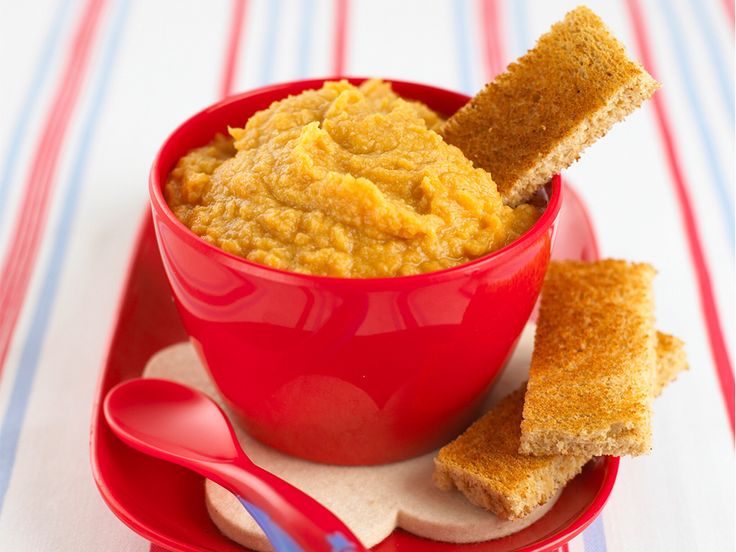
Feeding Features
| 1st day of life | Feeding of chickens of egg breeds begins immediately after they dry out. The first food for newborn chickens should be a hard-boiled egg. It is cut as small as possible so that the chicks can swallow small crumbs and roll it in semolina to prevent pieces from sticking to the paws and fluff. In the brooder where they are, they put a drinker with clean, boiled and cooled water. Newly hatched chicks are also fed boiled eggs under the brood hen. nine0006 |
|---|---|
| 2nd day | On the 2nd day, the chicks are already given a mash of eggs and homemade low-fat fresh cottage cheese (the ratio of ingredients is 1 to 1). The formula for feeding day-old chicks should be fresh and fed every 3 hours. |
| 1 Week | From the 3rd day, chickens are fed with a more varied mixture of cottage cheese, boiled eggs, crumbly porridge from corn, oat or wheat chips (the share of cereals should be 65%). Finely chopped greens and boiled red carrots grated on a fine grater are added to them. You can give germinated grain or grass flour at the rate of 2-3 g per chicken per day. More than 5 g of such flour cannot be fed due to the high content of fiber in it. Separately, a little skimmed milk or yogurt is poured into the container; it is better not to add them to the mixers. Twice a week, a few crystals of potassium permanganate are added to the water so that it becomes slightly pink. Keep it in drinkers for no more than 0.5 hours, and then replace it with clean water. This protects chickens from stomach diseases. You can feed the chicks with special industrial compound feed for chickens from the first days of life. It is made up of products that are easily absorbed by the body of small chickens and fully satisfy all their needs. nine0006 Finely chopped greens and boiled red carrots grated on a fine grater are added to them. You can give germinated grain or grass flour at the rate of 2-3 g per chicken per day. More than 5 g of such flour cannot be fed due to the high content of fiber in it. Separately, a little skimmed milk or yogurt is poured into the container; it is better not to add them to the mixers. Twice a week, a few crystals of potassium permanganate are added to the water so that it becomes slightly pink. Keep it in drinkers for no more than 0.5 hours, and then replace it with clean water. This protects chickens from stomach diseases. You can feed the chicks with special industrial compound feed for chickens from the first days of life. It is made up of products that are easily absorbed by the body of small chickens and fully satisfy all their needs. nine0006 |
| 2-4 weeks | From 1.5 weeks of life, a little sunflower or soybean meal (3-4% of the total food volume), chalk or shells, bone meal (5-7% of the feed amount or 2-3 g per 1 chick).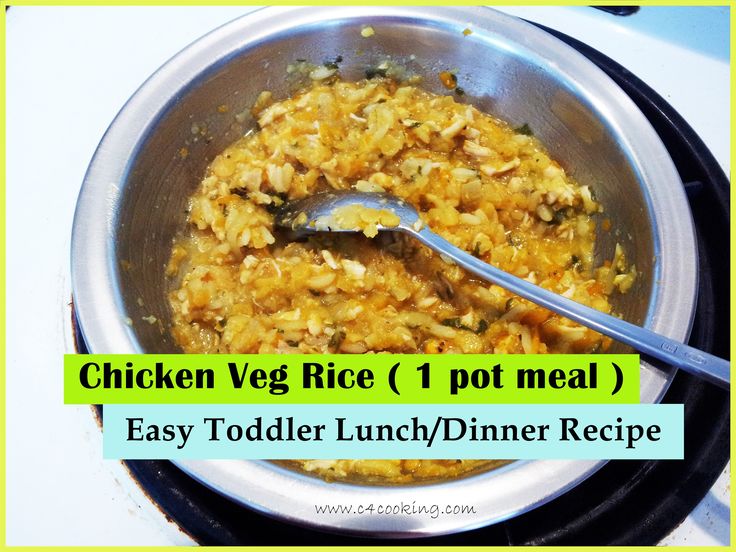 Particles of top dressing should not be more than 1-2 mm. Very fine gravel or sand washed in water is placed in a separate container. After 10 days, eggs are removed from the diet, but other components are introduced, for example, root crops (boiled potatoes, etc.). Salt, rice, rye, wheat bran (up to 10%), herbal flour (6-10%) are introduced into the menu of two-week-old chickens. From 3 weeks old, chicks gradually begin to accustom themselves to whole grains. nine0006 Particles of top dressing should not be more than 1-2 mm. Very fine gravel or sand washed in water is placed in a separate container. After 10 days, eggs are removed from the diet, but other components are introduced, for example, root crops (boiled potatoes, etc.). Salt, rice, rye, wheat bran (up to 10%), herbal flour (6-10%) are introduced into the menu of two-week-old chickens. From 3 weeks old, chicks gradually begin to accustom themselves to whole grains. nine0006 |
| 1 month | At this age, the young are already quite strong, they can spend time walking, where they independently find greenery, seeds of various plants, worms and beetles. If the birds are in a closed aviary and cannot pluck the grass, then they need to be given it along with grain and vegetables. In general, the share of green grass in the diet of one-month-old young animals should be about 1/3 part, no less. Grain can be given both ground and whole: the birds are already able to peck it. It can be anything: wheat, barley, corn, oats, etc. At this age, legumes can also be fed: peas, chickpeas, small beans, etc. In addition to grain products, you can feed root crops, fresh or boiled, to monthly chickens, vegetables from the garden and their tops, kitchen waste of both plant and animal origin, bran, meal and cake, compound feed. From mineral additives - bone and fish meal, chalk or lime, shell rock, salt. In addition to food, young animals should always have clean water in drinking bowls and pebbles that the bird needs for normal digestion. nine0006 It can be anything: wheat, barley, corn, oats, etc. At this age, legumes can also be fed: peas, chickpeas, small beans, etc. In addition to grain products, you can feed root crops, fresh or boiled, to monthly chickens, vegetables from the garden and their tops, kitchen waste of both plant and animal origin, bran, meal and cake, compound feed. From mineral additives - bone and fish meal, chalk or lime, shell rock, salt. In addition to food, young animals should always have clean water in drinking bowls and pebbles that the bird needs for normal digestion. nine0006 |
Chickens of meat breeds differ from egg breeds in that they need more complete proteins and vitamins, so their diet should be tailored to this feature. Therefore, it is necessary to give more protein feed, such as legumes (grains and green mass), meat and bone and fish meal, fresh kitchen waste. It should also be borne in mind that they eat more, so they need to be fed more often, especially in the first days of life.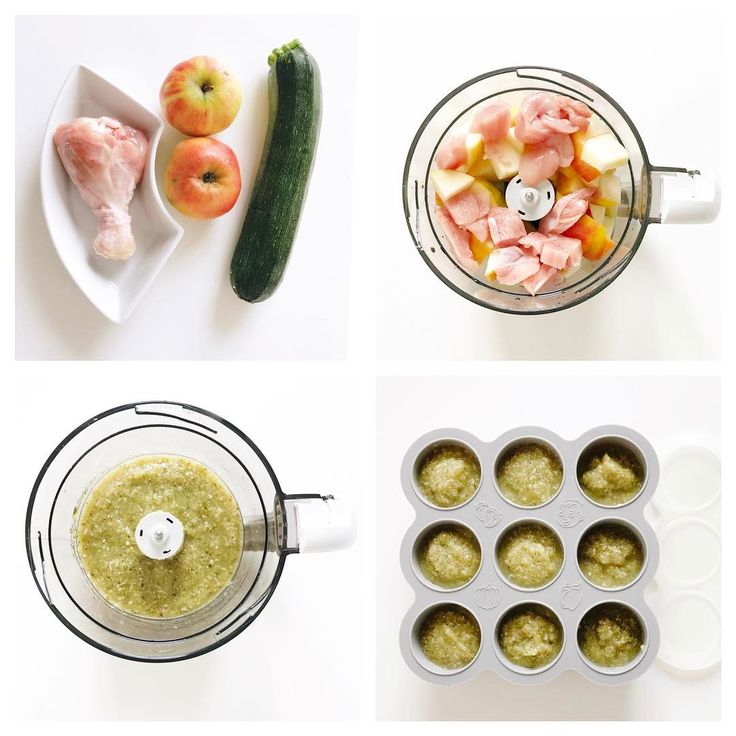
Farmer's councils
When changing nutrition, the sensitivity of chickens to changes in composition should be taken into account. For this reason, birds should be transferred to a different diet gradually, over 3-5 days, daily adding new food to the usual food, gradually increasing its amount.
There should always be fresh water in the drinker, in which a little potassium permanganate is diluted - so much so that the liquid does not turn pink.
It is advisable to mix common salt (up to 5 g per 1 kg of the mixture) and ground egg shells into the feed. nine0013
The main disadvantage of self-prepared mixtures is the fragility of their storage. In contrast, prepared feed can be left in the feeder for as long as the chicks need to saturate.
In our company, you purchase safe, certified mixtures with high nutritional value. Products exceed the requirements of GOSTs in quality. At your request, it is possible to develop an individual recipe for specific chicken breeds. nine0013
nine0013
The MEGAMIX company cooperates with a network of dealers in Moscow and regions. You can clarify the terms of the order and delivery by phone +7 (8442) 97-97-97 or on our website.
Free consultation
Ask a question to a specialist or order a price list
Telephone
Comment
By leaving a request, you agree to the policy of processing personal data.
nine0012 09.11.2020How to feed chickens from the first days of life at home
Properly raising young chickens is not as easy as it seems at first glance. The owner of the livestock may face certain problems, and this depends on how the chicks were hatched, naturally or artificially.
Feeding is an important part of raising chickens. Food should be such that individuals can get the necessary vitamins and minerals from it, which will ensure growth and weight gain. nine0013
See the table below for the types of feed and daily allowances.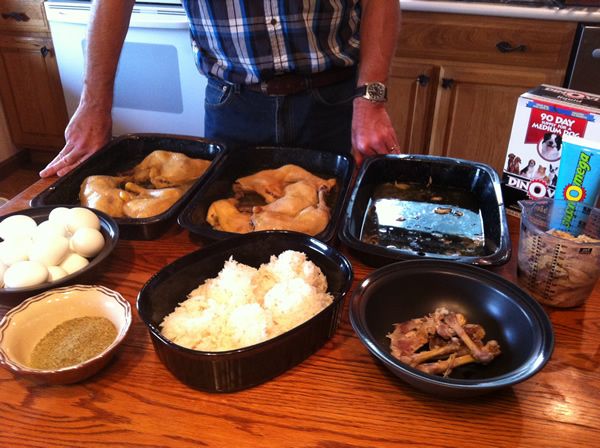
The necessary feeds per day for chickens of different ages
| Name of feed | Age group on a day | ||||||
| 1-3 | 4-10 | 41-50 | 51-60 | ||||
| Boiled eggs0006 | 1 | 1.4 | 2.8 | 3.5 | 4 | ||
| Zmyhi, Shrots | do not give | 0.2 | 0.5 | 9000 90001 , 2 | 1.5 | 2 | |
| Green mass | 1 | 3 | 7 | 10 | Boiled potatoes | do not give | 4 4 4000 4,0005 4 | 10 | 20 | 30 | 40 |
| Mineral fertilizing | do not give | 0.4 | 0.7 | 1 | 2 | 9000 22 9000 | |
0.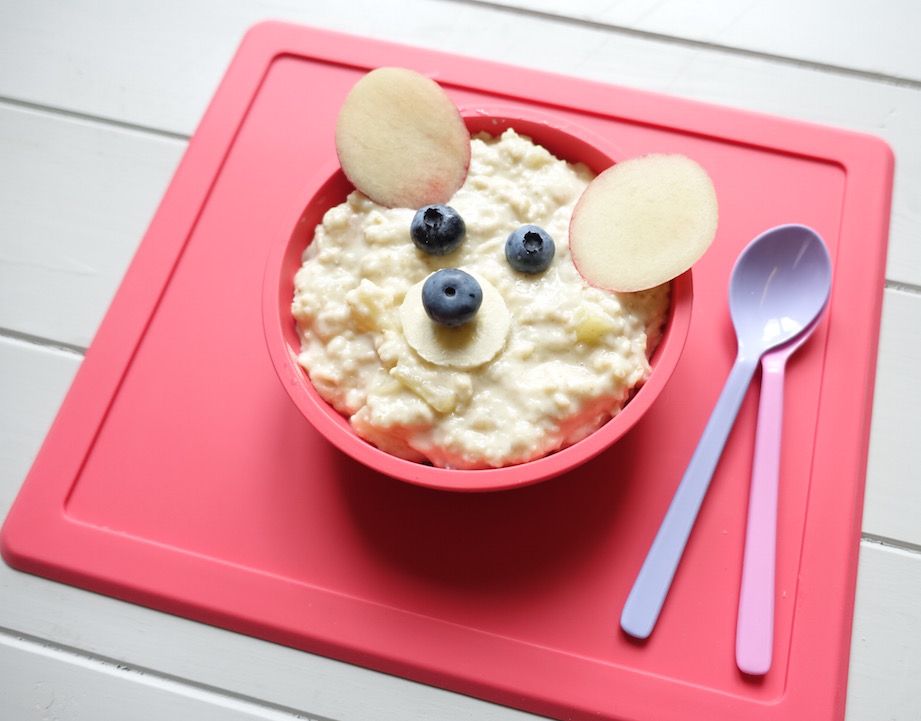 2 2 | |||||||
*feed is given in grams
What is given to daily young
Chicks need to be fed almost immediately after hatching. As soon as the young animals dry out and are transplanted from the incubator to the place allotted for them, it will be necessary to provide them with food. If there is nothing suitable at hand, then adults can be fed, but in this case, all the ingredients must be carefully chopped. However, the following ingredients are more suitable for the first feeding:
- grain;
- green mass;
- dairy products;
- vitamins.
For the first time chickens are best given chopped boiled eggs that are hard boiled, or replace it with special egg feed, but this option is more expensive. A small amount of semolina is added to the chopped egg so that the food does not turn out sticky.
Gradually introduce fresh kefir into the diet to regulate digestion and form beneficial microflora in the intestines. nine0013
nine0013
Note to the poultry breeder! In some cases, chicks may have a problem drinking water, so a small pipette or syringe is used for drinking.
No less useful food is corn grits, it is sold in crushed form, which is a very convenient option when feeding chickens. Thanks to useful substances, cereals have a beneficial effect on the development of chicks.
From the age of one day, food should become more varied. Millet, wheat groats, chopped oatmeal are mixed with an egg. nine0013
At this stage, the livestock is fed once every 2 hours, but in small quantities. An excess of food leads to the fact that the bird begins to scatter it. As for cereals, it should go in a mixed form, otherwise the chickens begin to choose the most delicious pieces and will not receive important trace elements.
For chicks, it is not necessary to boil or steam porridge, it is fed dry. After a few days, the cereal already ceases to saturate the chickens, and therefore the diet needs to be reviewed.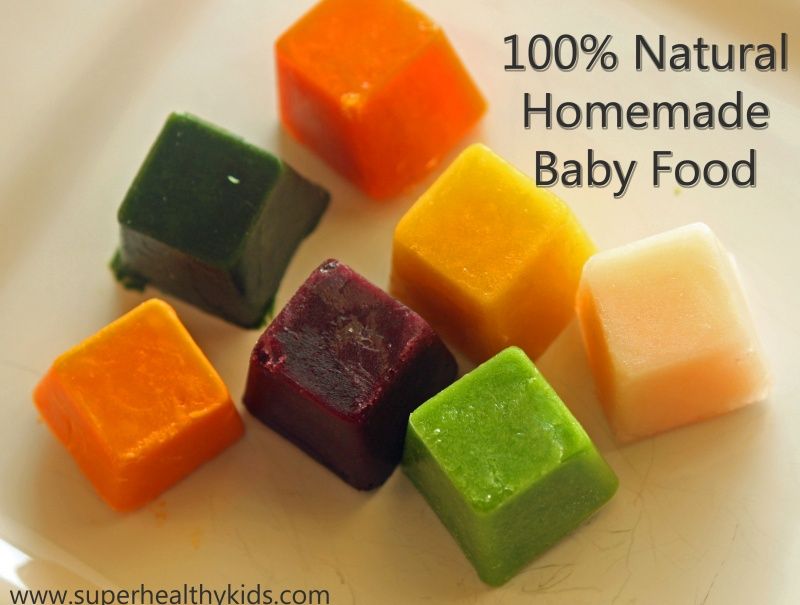 You can start complementary foods with low-fat cottage cheese. It contains calcium and nitrogenous substances necessary for the growth and development of a growing organism. It is recommended to give curd mash in combination with cereals in the morning. nine0013
You can start complementary foods with low-fat cottage cheese. It contains calcium and nitrogenous substances necessary for the growth and development of a growing organism. It is recommended to give curd mash in combination with cereals in the morning. nine0013
Any dairy product is extremely beneficial for chickens. After a few days, you can put containers next to the drinkers, with fresh whey or yogurt. Young growth with great desire will use the above supplements.
Need to know. Fresh milk is contraindicated for birds, it causes indigestion and sticking of fluff.
From the third day they begin to give (depending on the season) cut green fodder:
- nettle leaves;
- plantain;
- dandelions;
- clover;
- starfish.
Starting from the fifth day, it is recommended to include green onion feathers in the feed.
What kind of food do week-old chicks need? This includes wheat, barley, corn and oatmeal.
 Dairy products and green grass are used as additional nutrition. The frequency of feeding also decreases due to the increase in portions. Approximately give food 4-5 times a day. nine0013
Dairy products and green grass are used as additional nutrition. The frequency of feeding also decreases due to the increase in portions. Approximately give food 4-5 times a day. nine0013 From the tenth day boiled fish is added to the diet (no need for salt), grated carrots on a medium-sized grater (raw), a small amount of boiled potatoes.
If you look at the following table, you can see how the amount of feed per head per day will change as the bird matures.
Feed per day by age
| Age group in days | Per day per bird (grams) |
| 7 | 10-20 |
| 14 | 20-40 |
| 21 | 40-60 |
| 28 | 60-80 |
of a two-week chicken
C from this birds begin to add new ingredients to the feed as they age. It is worth knowing that when introducing any innovation, it must be done carefully and start with a small amount.
A sample ration would look like this:
- corn and barley grain - 15 grams;
- dairy products - 15 grams;
- cake and meal - 2 grams;
- raw carrot - 5 grams;
- green mass - 5 grams;
- boiled potatoes - 5 grams;
- mineral supplement - 1 gram;
- vitamins according to instructions.

Feeding habits of one-month-old chicks
From the age of 30 days, chicks can already go outside under appropriate weather conditions, which means that they will be able to get some part of their food on their own. However, pasture will not be enough for them, and therefore the presence of grain that has undergone coarse grinding is mandatory in the diet, from the age of one and a half months it can be replaced with whole grain. nine0013
Vegetable crops and their waste, fermented milk products, various cereals serve as additional components. You can start making a mash in lean meat broth, and also give lean meat. Separately, containers for gravel, shell rock and eggshells are installed in the room. All these components should always be in both chickens and adult birds. Some farmers provide shells directly with feed.
When the weather is hot, it is necessary to monitor the quality of wet mash, which tends to deteriorate during the daytime. Sour food causes serious disorders of the digestive system.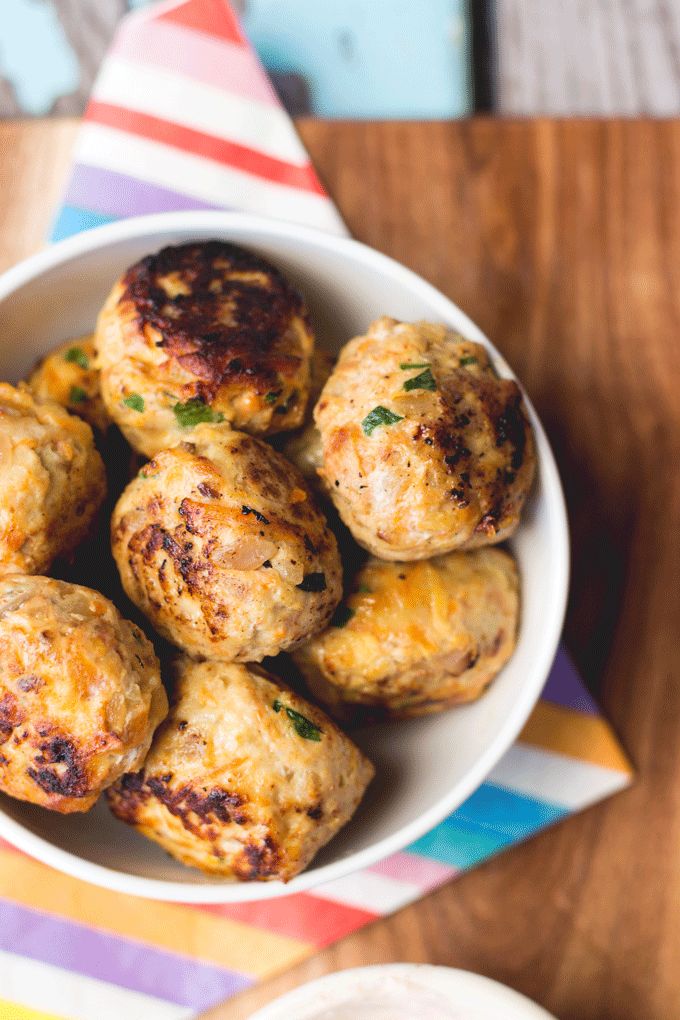 nine0013
nine0013
Earthworms are a separate category of food, it is deliberately not recommended to give them due to the presence of helminths. Internal parasites often lead to the death of young animals on farms.
Feeding broiler chicks
In the early stages of life, meat-oriented chicks receive the same feed as everyone else. But from the second week of life, significant changes appear in the diet. For better weight gain, meat broth-based stirrers are used. Particular attention is paid to the freshness of such food, if sour feed gets into the bird's stomach, then indigestion may begin. A good preventive measure is a solution of potassium permanganate as a drink for chickens. nine0013
Most poultry breeders fatten on wet mashes by accustoming their livestock to such food very carefully and in stages. From a week of age, mashed fresh carrots or pumpkins are added to the diet, from the 21st day you can start giving boiled potatoes.
A special place in the feeding of broilers is occupied by green mass, which is added in cut form to the mash until the bird starts to go for a walk.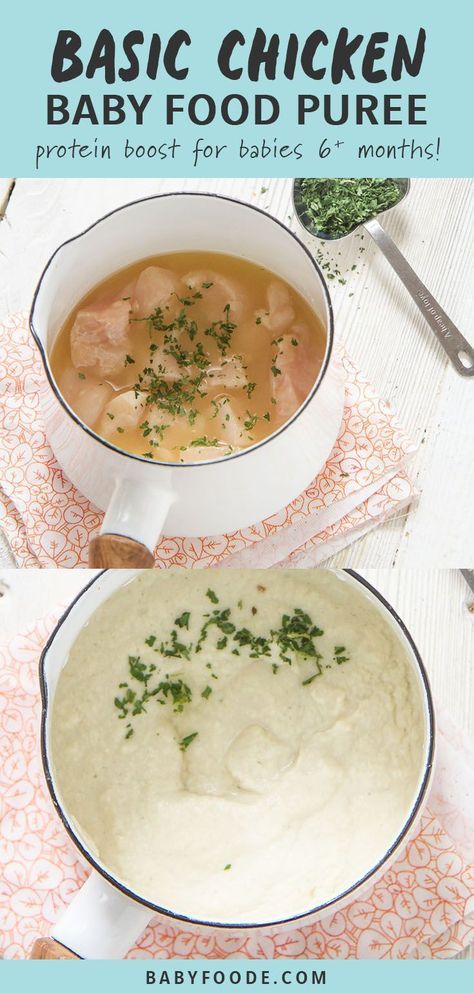 If there is grass on the site, you can no longer add greens separately. Good gains are obtained when distributing dairy products:
If there is grass on the site, you can no longer add greens separately. Good gains are obtained when distributing dairy products:
- low-fat cottage cheese;
- curdled milk;
- serum;
- skimmed milk.
An additional source of nutrition is starter feed, which is given to chickens up to the age of 30 days. Then you can transfer the livestock to natural food or switch to finishing feed. The first option leads to obtaining meat products with excellent taste, the second option gives less trouble to the owner in preparing feed, but is more expensive. nine0013
If we talk about natural feed, then this includes crushed grain of different varieties. In order for the bird to receive the necessary trace elements and vitamins, it is recommended to give not a separate type of cereal crops, but mixtures to which meat broth or whey is added.
From the age of 30 days, whole grains can be used for feeding, rather than crushed ones. In winter, it is recommended to germinate them for greater nutritional value.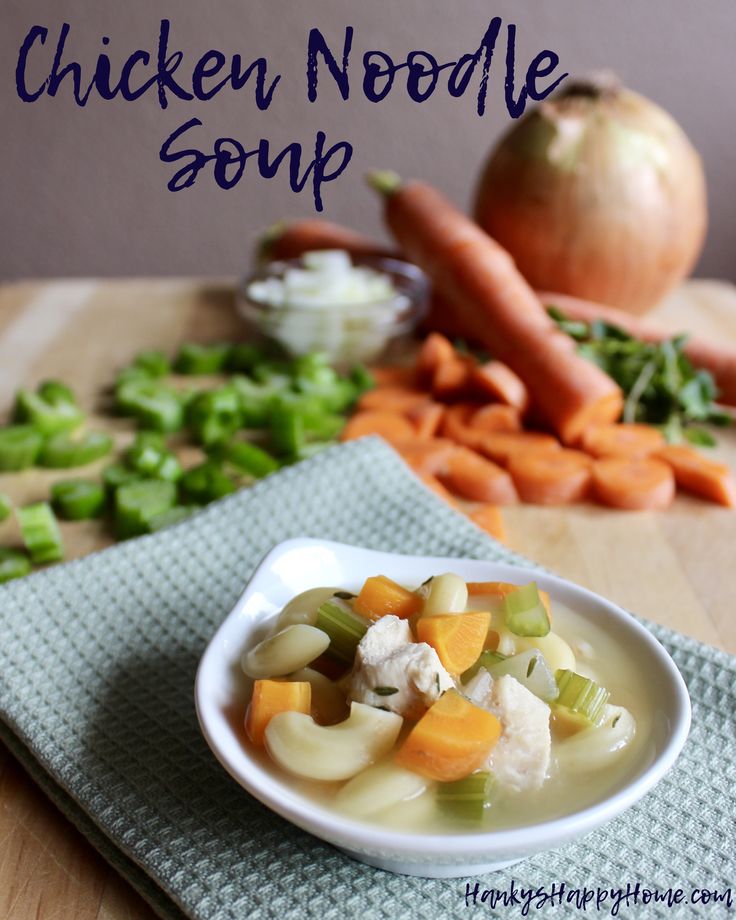
In order to save money, each owner can easily prepare compound feed on his own farm. The main thing is to know what ingredients are needed and their quantity. A sample broiler feed recipe might look like this:
- wheat - 25%;
- barley - 25%;
- peas - 10%;
- corn - 20%;
- soybeans - 20%
- sunflower meal - 5%.
It is important not to forget that birds need mineral and vitamin complexes. The first are represented by chalk, shell rock, gravel, fishmeal. Some of the components can be given in separate containers, and flour and chalk are best kneaded in a wet mixer.
Broilers should be fed both grain and wet food. The owner is advised to work out his own feeding schedule so that the bird receives food at the same time every day. For example, the following order can be given:
- first feeding at 7 am. Give compound feed;
- second feeding - 11 hours. A series of wet mash;
- third feeding - 15 hours.
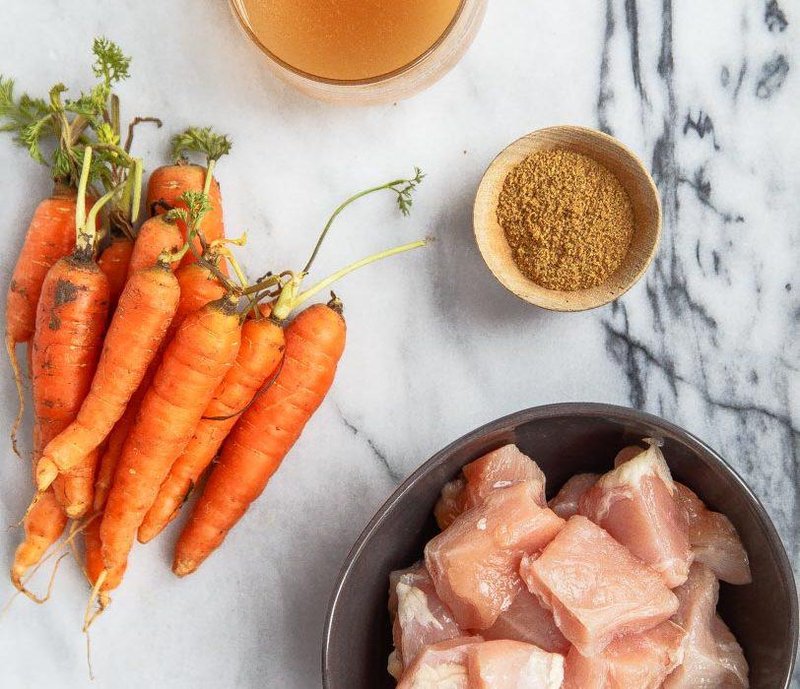 Distribution of grain mixtures;
Distribution of grain mixtures; - fourth feeding - 18 hours. Repeated giving of a wet mash;
- fifth feeding - 23 hours. Grain mixtures.
What does the diet of laying hens consist of
Just as in the case of broilers, in the early stages, the feeding of laying hens will not differ much from the feeding of the rest of the birds of the chicken family. From the 14th day, compound feed is introduced, labeled with a certain age. In the future, food is selected precisely taking into account this moment. For example, the name of the compound feed and the numbers 15-18 months can be affixed to the bag, from which it immediately becomes clear which group such food is suitable for. nine0013
No matter how old the flock is, the diet must be balanced and of good quality. It is especially dangerous for laying hens to receive less feed or overeat. Wasting, like obesity, leads to a significant decrease in the amount of egg production. You also need to remember that young animals will consume nutrients in greater quantities than older chickens.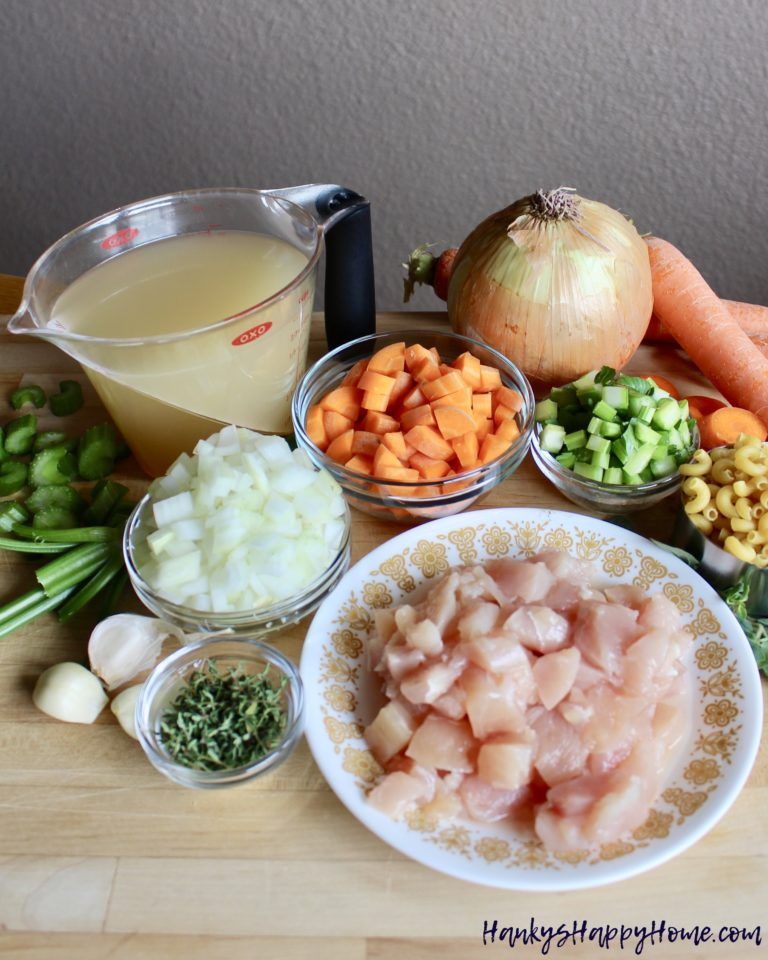
In the following table, you can see the approximate ration of a laying hen
Daily feed requirement for egg hens
| Name of feed | Summer period | Winter period | |
| Cereal plants | |||
| Beans 9000 | 5 9000 9000 9000 9000 9000 9000 9000 9000 9000 9000 9000 9000 9000 9000 9000 9000 9000 9000 9000 9000 9000 9000 9000 9000 9000 | 20 | |
| Cake, meal, fodder yeast | 7 | 6 | |
| Feed of animal origin | 5 | ||
| Green mass, vegetables | 55 | ||
| Herbal flour, hay | do not give | 5 |
The principle of feeding layers is almost the same as that of broilers. In the morning they give out a mash, and in the evening whole grains. The frequency of feeding is most often two times a day.
Feeding and watering of chickens in the first days of life (broilers and laying hens): video The young growth will grow up strong and strong, which will allow in the future to receive egg or meat products from birds.
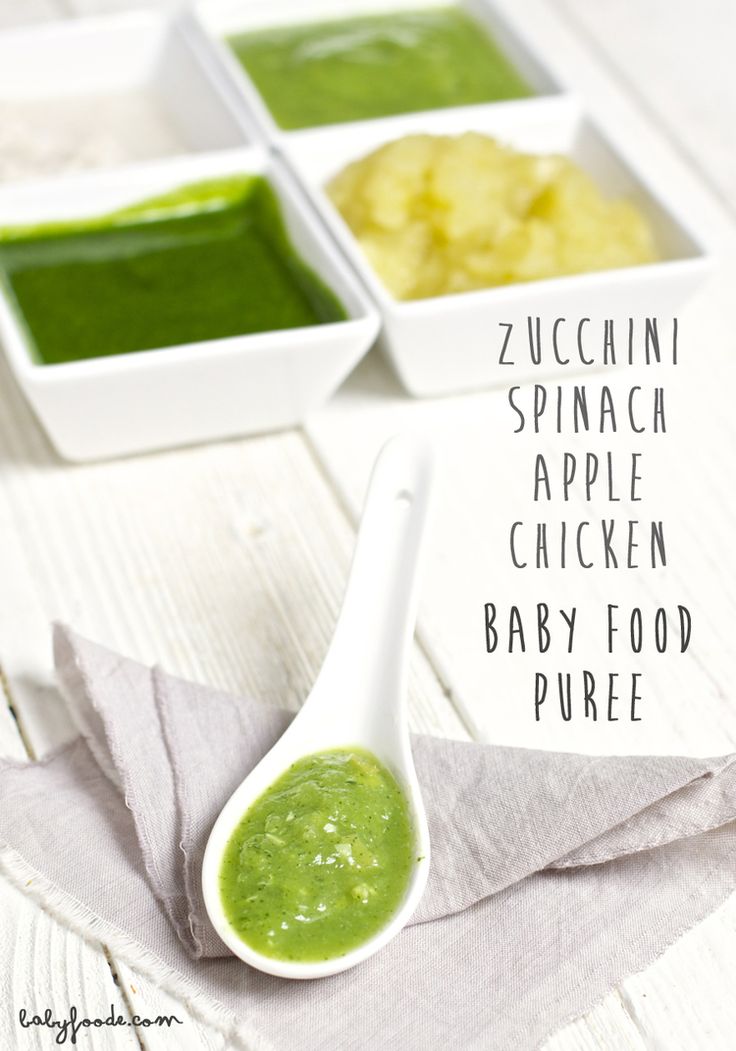


 The remains must be removed from the feeders so as not to deteriorate, and the feeders themselves must be washed and dried.
The remains must be removed from the feeders so as not to deteriorate, and the feeders themselves must be washed and dried.  The advantages of expanded compositions include:
The advantages of expanded compositions include: 

